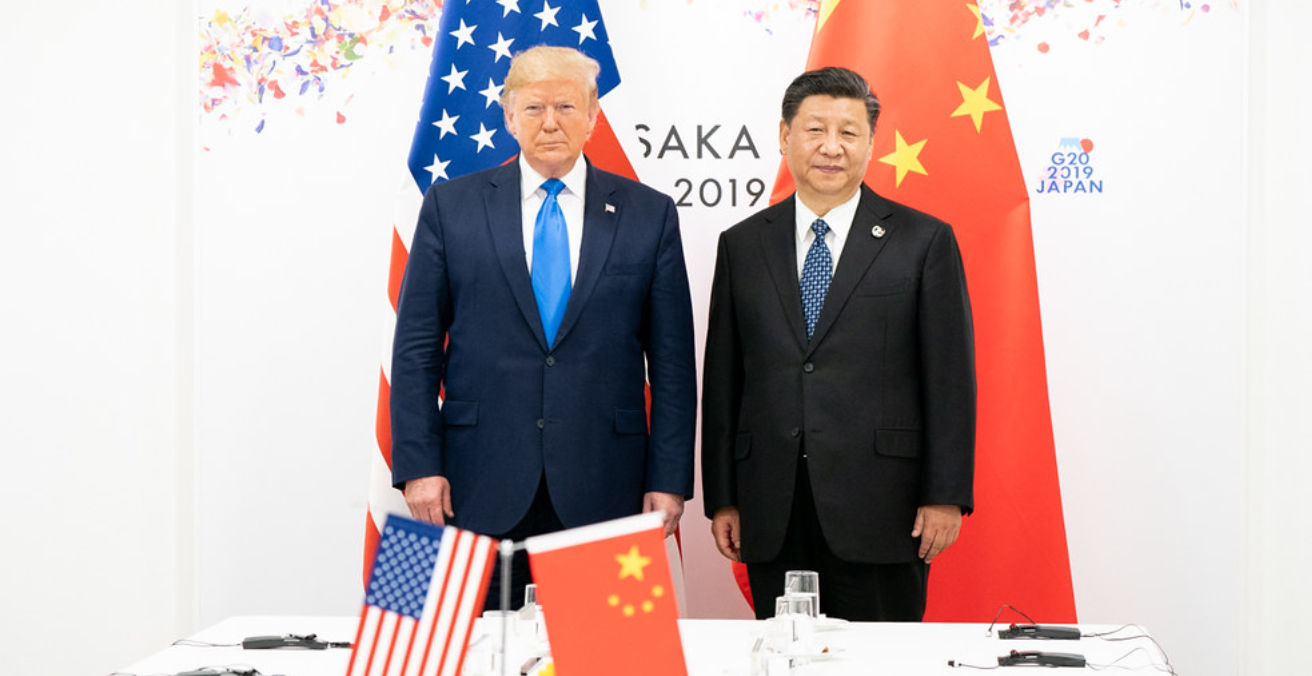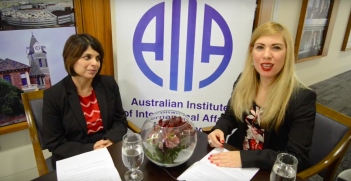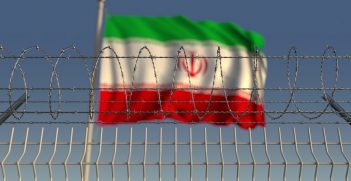Great Power Politics in the Post-COVID-19 World

COVID-19 is set to impact US foreign policy, US-China geopolitics, and great power politics in the Post-COVID-19 world. Now is the time for India to take its rightful place in the community of global leadership.
Originating from China, COVID-19, the disease caused by the novel Coronavirus, has brought the world to a halt. A vaccine looks unlikely for at least a year. More than half a million people have been infected, with 37,580 deaths. This pandemic is set to become the biggest catastrophe after the Second World War and is pushing economies towards depression. Economic stimulus packages and lockdowns are being imposed by governments around the world to flatten the outbreak curve. India is imposing the world’s biggest lockdown on 1.3 billion people for 21 days.
The US Strategy and China’s Assertiveness in the Indo-Pacific Region:
Despite isolationist rhetoric, Trump’s foreign policy has continued to focus on global leadership in the international liberal order. This is evident in the continuity of the United States’ host of security commitments and plans across the globe, especially those ensuring the Indo-Pacific region remains a shared space, the centre of gravity in the connected world. This is mainly due to China’s assertive military posture in the Indo-Pacific region and challenges to the US hegemonic power that has provided stability in the post-World War II period.
Since the dawn of the 21st century, the US and China have been locked in a geopolitical rivalry. The US balancing act became evident through George W. Bush’s Grand Strategy and President Obama’s Re-Balancing Act. Trump, in continuity with this strategy, changed the name of the US oldest and largest Pacific command to the Indo-Pacific Command, acknowledging and continuing India’s strategic significance in the US foreign policy. The United States’ strategic moves have included a strong strategic partnership with India, revival of the Quad alliance between the US, Japan, India, and Australia, a closer strategic engagement with likeminded China-wary democratic nations in the region, especially Vietnam, Thailand, Indonesia, and Singapore, and continued security alliances with Australia, Japan, and South Korea. Asia balancing strategies and the various units of Indo-Pacific strategy of bilateral and trilateral dialogues, military exercises, and partnerships among the likeminded democratic nations have received significant backing from the Trump administration.
Over the past two decades, one of the significant developments in the US’ strategic moves in the Indo-Pacific region has been a deepening strategic partnership with India. President Trump’s maiden visit to India in February 2020 has taken the India-US strategic partnership to a new level. The US-India Comprehensive Global Strategic Partnership considers China’s military assertiveness and its undemocratic way to be converging security concerns that challenge the rules-based order. The strong bonhomie was reflected within a month. On 14 March, US Secretary of State Mike Pompeo and his Indian counterpart, S. Jaishankar, discussed a joint strategy to foster collaboration in the fight against the global challenge posed by the COVID-19 outbreak.
COVID-19 and the US-China Rivalry
Amidst the debate between an isolationist America or engaging America in the Post-COVID-19 era, one aspect is certain – that the US-China great power geopolitics will become intense. Throughout his presidency, Trump has emphasised Chinese tariff issues, resulting in a trade war. In January 2020, the US and China entered in a trade deal to ease the trade war, but COVID-19 has revived the US-China strategic rivalry.
China is an authoritarian regime with poor records on human rights violations. In the coming years, whatever China does for redemption from its internationally damaged image in the post-COVID-19 world will not be easy. This is not the first time that a viral disease has originated in China, so the world will be looking for action on its wet market practices.
COVID-19 will shake the confidence of the US and the Western world, especially the industrialised nations of G7. It will prompt them to manage their supply chains to mitigate over-reliance on China, shifting instead to the developing countries with manufacturing capabilities in Asia, Africa, and Latin America. In this context, India, considered to be the only country to match China’s manufacturing scale, will be crucial. The Modi government has focused on the manufacturing sector through “Make in India” initiatives.
A noticeable trend over the past decade is the growing joint-production in the defence sector with the US and its allies such as France and Israel, in addition to New Delhi’s long-term defence partner, Russia. This trend has both economic and geopolitical contexts. In the context of countering pandemics, India is the world’s largest producer and exporter of generic medicine. The highest number of Indian Diaspora medical professionals practice in the anglosphere and other developed nations. And India is credited with eradicating small-pox and polio through public intervention, despite its patchy healthcare system.
Yet India is set to face serious challenges in containing COVID-19. Whether India can seize the economic opportunity created in the post-COVID-19 environment will depend on its economic reforms and governance. Any effort to diversify supply chains from China will be countered by Beijing aggressively.
Geopolitics in the Post-COVID-19 World
The post-COVID-19 world will see greater interdependence. The need for political coordination in crisis management for pandemics, natural disasters, and climate change will be the driving force. This became evident during the latest G20 and G7 meetings. Member states called for greater political coordination to fight pandemic. But nations across the world are also looking to safeguard their interests and may show an inward looking approach.
The post-COVID-19 era will reignite the US-China rivalry. It will be hard for the US, irrespective of its election outcome, to abandon its global leadership. In the latest G7 meeting, the member nations – the US, Britain, Canada, France, Germany, Italy, and Japan – lamented China’s misinformation on the severity of the outbreak. US Secretary of State Mike Pompeo has reiterated Trump’s “China Virus” language and criticised Chinese authority and the Communist regime for disinformation, propagating conspiracy theories, and providing medical equipment aid for US allies such as Italy as a white hat. Pompeo countered the Chinese efforts by ramping up the United States’ assistance for Italy, clearly indicating future engagement in Europe.
The post-COVID-19 era, akin to the post-World War II era, will push the US towards a more engaging foreign policy. The opaqueness of US global leadership and whether the US-China geopolitical rivalry can avoid the Thucydides Trap will be only clear when the world has washed its hands and rebooted.
Dr Ashok Sharma is a Visiting Fellow at the University of New South Wales Canberra at the Australian Defence Force Academy and an Adjunct Associate Professor at the University of Canberra. He is also the Deputy Chair of the New Zealand Institute of International Affairs Auckland Branch. Ashok’s latest book is India’s Pursuit of Energy Security: Domestic Measures, Foreign Policy and Geopolitics (SAGE Publications, 2019).
This article is published under a Creative Commons Licence and may be republished with attribution.





